Karl Monies: ‘ceramic is both a benevolent and malevolent material’
The Danish artist’s sacred stoneware melds the mystical and the mundane
Robert Damisch - Photography
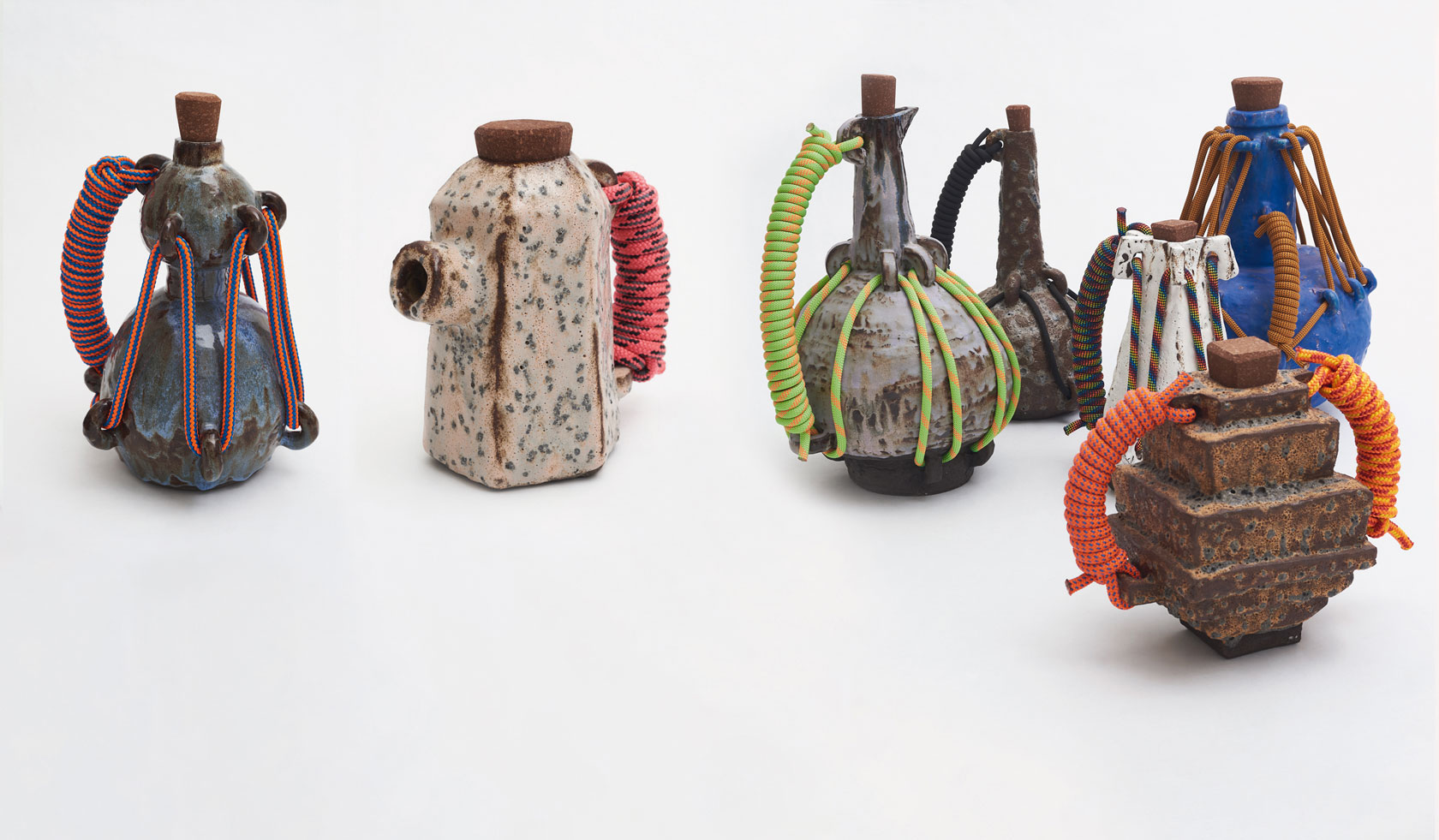
There is not an inch of empty wall space in Karl Monies’ Copenhagen studio. Hundreds of books line floor-to-ceiling shelving; a steel ladder leans against the wall ready to access high shelves where new pottery works are drying; there are music speakers, an EU flag, dangling computer cables, a tool box, metal filing cabinets buried under reams of paper, masks and figurines, giant boxes of fabric, a Turkish carpet on the concrete floor under his desk.
Over video call, Monies is showing me a series of new works on paper laid out on the floor, for an upcoming show at the local Bricks Gallery He describes them as ‘watercolours with a layer of epoxy resin on top so they become glossy’. They are an extension of his fabric pieces called Comforts; ‘like comfort blankets’, he says, holding up a flag-like quilt festooned with icons and symbols reminiscent of military honours, appliquéd with a regal fringed sash. The series has an echo of Duchamp’s readymades. ‘Making existing meaning obsolete and creating a new hierarchy or identity’, as Monies puts it, is an approach that extends throughout his work, which spans innovative use of ceramics, textile art, jewellery, furniture and more.

Monies photographed in his Copenhagen studio in January 2021, with a pair of compressed recycled foam and phosphorescent rubber chairs that will feature in his upcoming show with Etage Projects
Monies has been working on his Comforts series since 2014. ‘It was my first step into something that you could activate, or use, in a way,’ he says. Working in series, exploring iterations, is a creative process he has leaned into over the years. He is fascinated by the delineation of useful design and decorative art. Today, we are specifically talking about his new series of stoneware vessels – what he calls a ‘historically heavy, loaded material’. Rudimentary, charmingly naïve and era-ambiguous: Monies’ vessels are imbued with mystery and functionality in equal measure, transmitting a sort of pure joy from the process of simply being made. Cylindrical kegs, stoppered vases, pots, urns, and jugs; the containers carry history. Receptacles for the preservation of sacred bodies, chalices, libation vessels for resurrecting the dead, carafes for carrying the water of life.
The vessels were on display accompanied by seven quilted prayer mats as part of his solo show ‘Arcana’ at Copenhagen’s Etage Projects, which ran from December 2019 to January 2020, an evocation of alchemy and ritualistic magic. ‘Karl operates at the intersection where craft and zeitgeist, art, function and spirituality meet. He mixes the ancient and the recent with private symbolism, using function as a hook between poetry and the user,’ says Maria Foerlev, founder and director of Etage Projects, noting how Monies’ works evoke a very personal reaction for her audience. ‘It has struck me how clients find one piece they feel speaks specifically to them.’ Monies will be venturing into interiors for his next show for Etage Projects in May, creating new lamps, chairs and carpets.
‘Why can’t art be made with a function, or why can’t a utilitarian object be imbued with a philosophical, conceptual or existential meaning, related or unrelated to its functional purpose?’
So how does Monies define his work: art, or design, or something else? ‘When I started studying fine art, I had this definite idea that art was at one end of the spectrum and design at the other. I don’t see it like that anymore. Of course, most artworks aren’t possible to “activate” as design, and most designs aren’t artworks, but that does not exclude them from one another. I mean, one of the all-time most celebrated, commercial and important artworks is a design object; Fountain by Duchamp. His point was that everything can be art.’ Monies continues, impassioned. ‘Why can’t art be made with a function, or why can’t a utilitarian object be imbued with a philosophical, conceptual or existential meaning, related or unrelated to its functional purpose? It’s a kind of 19th century mentality to put these categories in exclusive boxes.’ For this reason, he purposely made the vessels functional, glazing the insides to allow them to hold liquid, to ‘put flowers in, drink wine from, to store honey or ferment your pickles.’ At one point – perhaps inspired by his family jewellery business Monies, which he joined as a part time designer in 2015 – he floats the self-coined term, house jewellery.
RELATED STORY
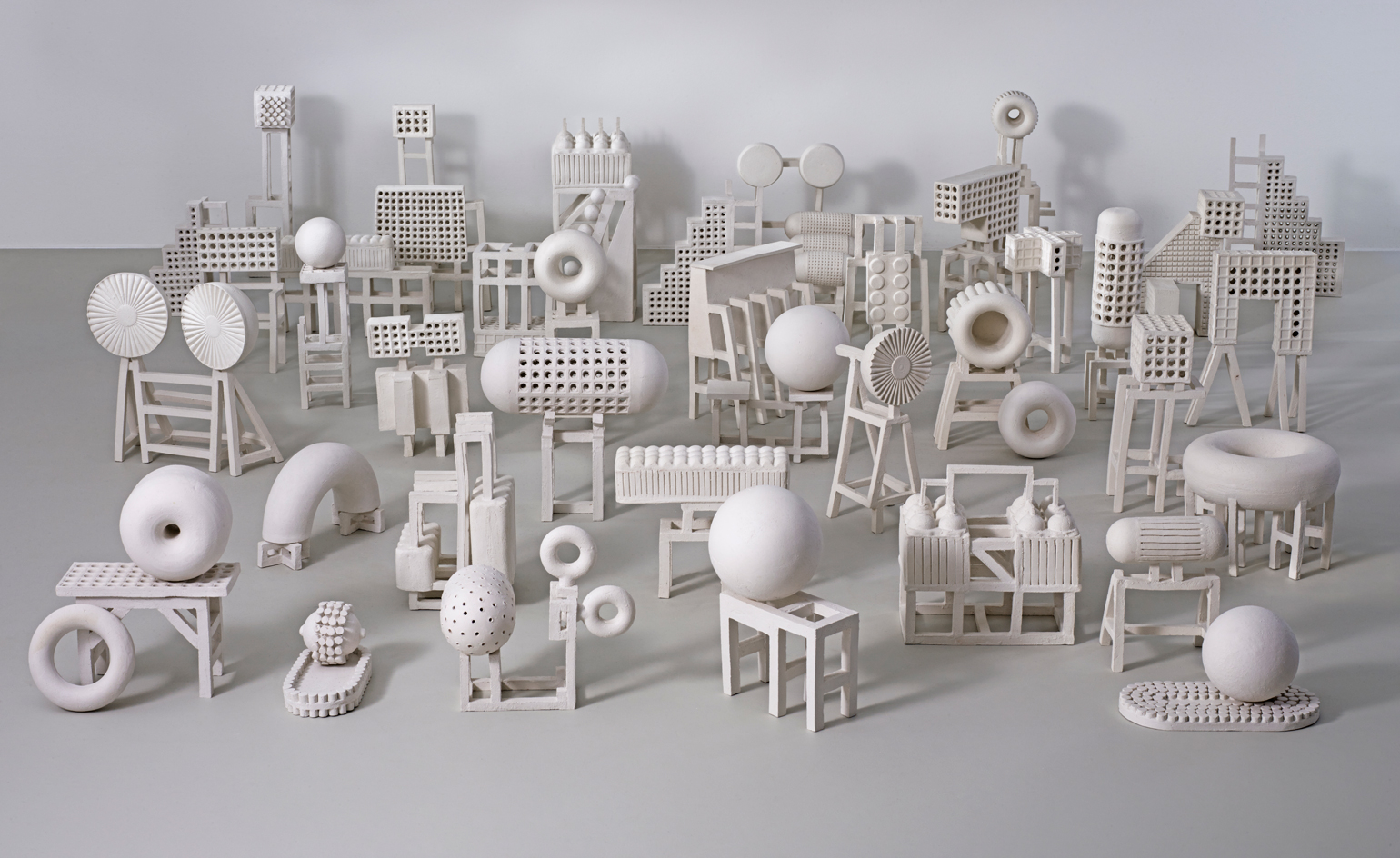
Monies hand-forms the wet clay, working continuously on a piece until completion. ‘It might take 30 minutes or five hours.’ The vessels ‘sleep’ while they air dry before being fired and glazed. ‘Then I choose the rope. It’s like dressing someone in clothes. And then the cork is cut and dyed as the last step, like a hat before leaving the house.’ His process begins intuitively. ‘I look at a lot of bottles, carafes, pots, urns, vases, containers of any kind, and from all cultures and all times; objects that contain fragments from the culture of humanity.’ The unpredictability of stoneware intrigues him. ‘I’m not a ceramicist, which for me is an advantage. You never really know what’s going to come out of the kiln, and that is both a blessing and a curse. Ceramic is both a benevolent and malevolent material. Sometimes I have to kill some of my darlings because they come out simply not good enough.’

Vessel from Karl Monies’ Arcana Containers series
Monies’ introduction to the art world came in 2005 when he began apprenticing for the Danish artist Tal R. After three years, he completed a year at the Gerrit Rietveld Academie in Amsterdam before moving to London to attend the Slade School of Art, then relocating to Guangzhou in China as part of a student exchange for six months. ‘This was crucial for me as a young European painter because it gave me an opportunity to step out of Western art history. Unknowingly, I was quite burdened by having to relate every step I took to what had come before in European and American art history. Living and working in a country that tried, to some extent, to forget or ignore its own history gave me a huge freedom.’
He was living in Berlin when he started experimenting with stoneware. His girlfriend was pregnant and they had decided to return to Copenhagen after ten years of living abroad. ‘I’d lost my painting studio and I ended up in a ceramic studio for the last few months in the city,’ he recalls. ‘I chose to work with the vessel as a universal object that many cultures throughout time have used. Stoneware is such a democratic medium, which is what spoke to me the most. It isn’t an expensive material, its purpose is functional first and foremost and it is universal to many indigenous cultures.’ The rope was initially inspired by Japanese sake bottles, but later a psychoanalyst friend enlightened him with the obvious; ‘That the container was my pregnant girlfriend and the rope my way of protecting her and our unborn child as best as I could. The tactical climbing rope which literally holds life and keeps it safe – but there’s definitely also some umbilical cord reference in there.’
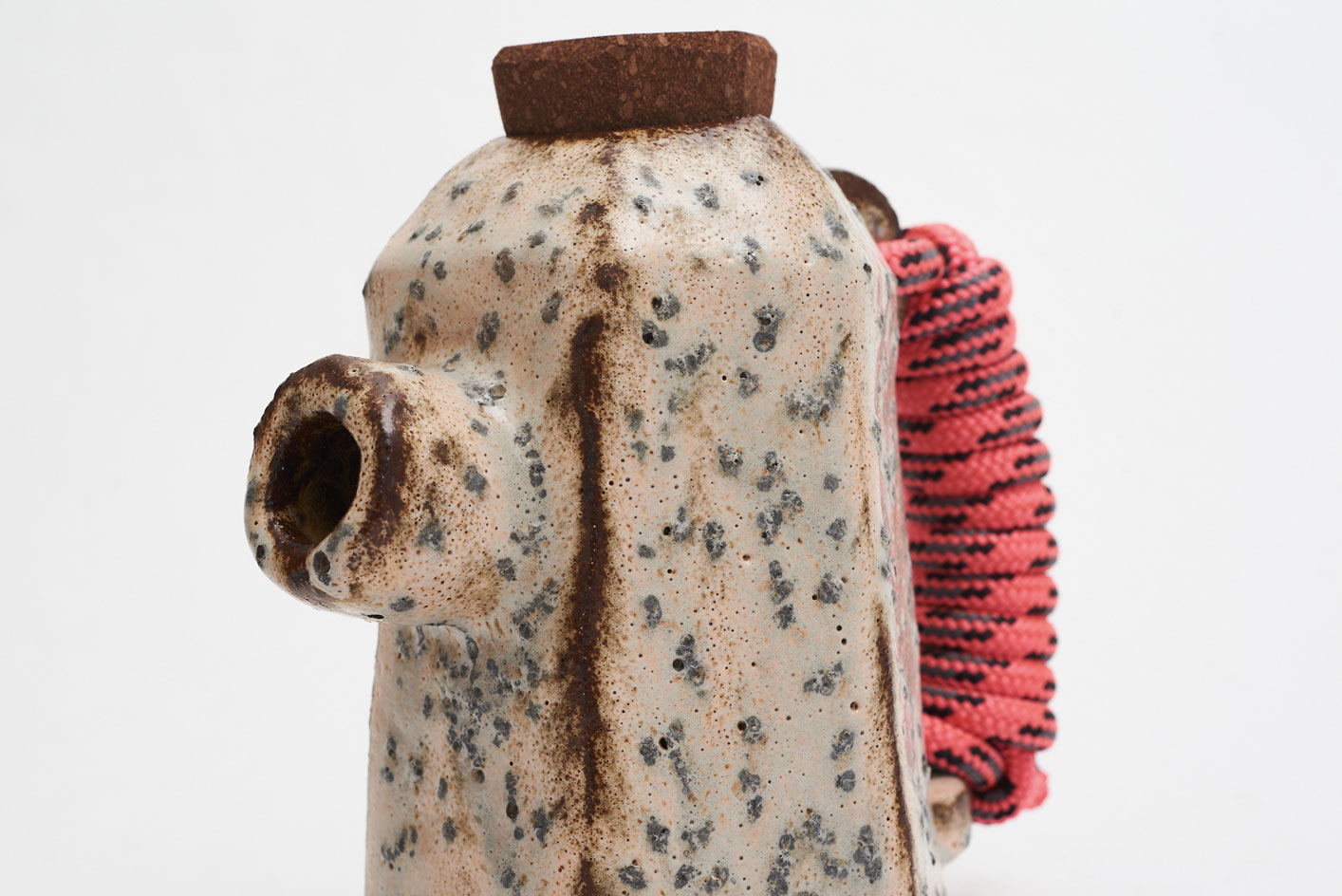
The circumstances of the past year have sharpened Monies’ focus. ‘2020 has forced me to be very selective in what I have in my existence. If it doesn’t work for me on a practical, conceptual and aesthetic level, it’s out,’ he says. Under Halloween’s full moon, Monies gathered up years’ worth of his early work and set it alight as a bonfire. ‘I needed to reset, tabula rasa – it was like the works of my past took up the space of my future works. I needed to clean the slate, to phoenix the shit out of it… it felt so good.’ And he hopes more people will recalibrate the value of what they have and need. ‘Maybe we’ll see that people will be more selective in what they surround themselves with, but definitely people are going to want objects that are durable and age with grace. Neither we nor the planet have the time or capacity for buying the same things again and again.’
This is an extended version of an article that originally featured in the March 2021 issue of Wallpaper* (W*263), on newsstands now and available for free download.
Receive our daily digest of inspiration, escapism and design stories from around the world direct to your inbox.
INFORMATION
Karl Monies’ book Arcana (photography: Robert Damisch, words: Jeppe Ugelvig) is now available, €46, published by Ironflag Publication.
Tilly is a British writer, editor and digital consultant based in New York, covering luxury fashion, jewellery, design, culture, art, travel, wellness and more. An alumna of Central Saint Martins, she is Contributing Editor for Wallpaper* and has interviewed a cross section of design legends including Sir David Adjaye, Samuel Ross, Pamela Shamshiri and Piet Oudolf for the magazine.
-
 High in the Giant Mountains, this new chalet by edit! architects is perfect for snowy sojourns
High in the Giant Mountains, this new chalet by edit! architects is perfect for snowy sojournsIn the Czech Republic, Na Kukačkách is an elegant upgrade of the region's traditional chalet typology
-
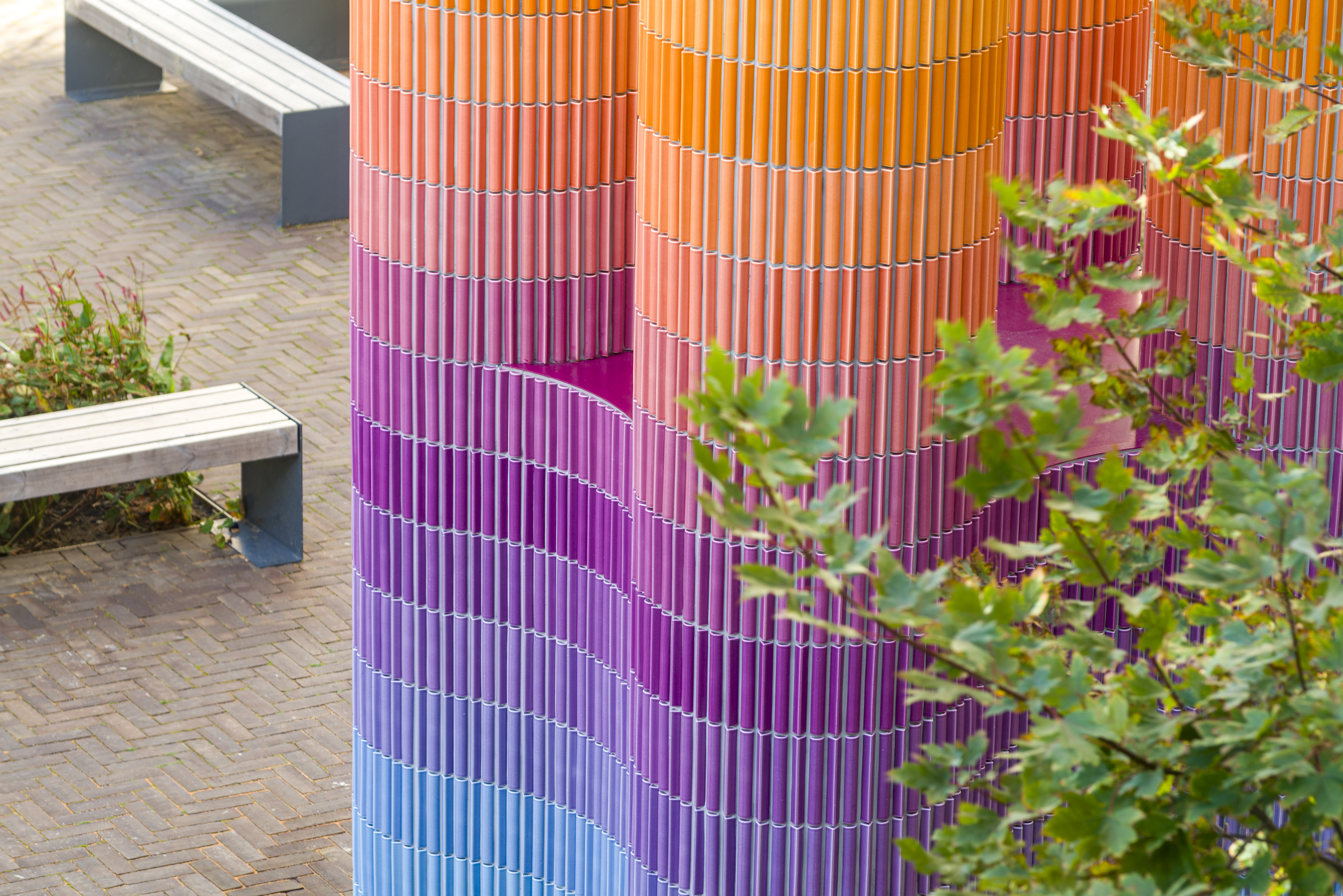 'It offers us an escape, a route out of our own heads' – Adam Nathaniel Furman on public art
'It offers us an escape, a route out of our own heads' – Adam Nathaniel Furman on public artWe talk to Adam Nathaniel Furman on art in the public realm – and the important role of vibrancy, colour and the power of permanence in our urban environment
-
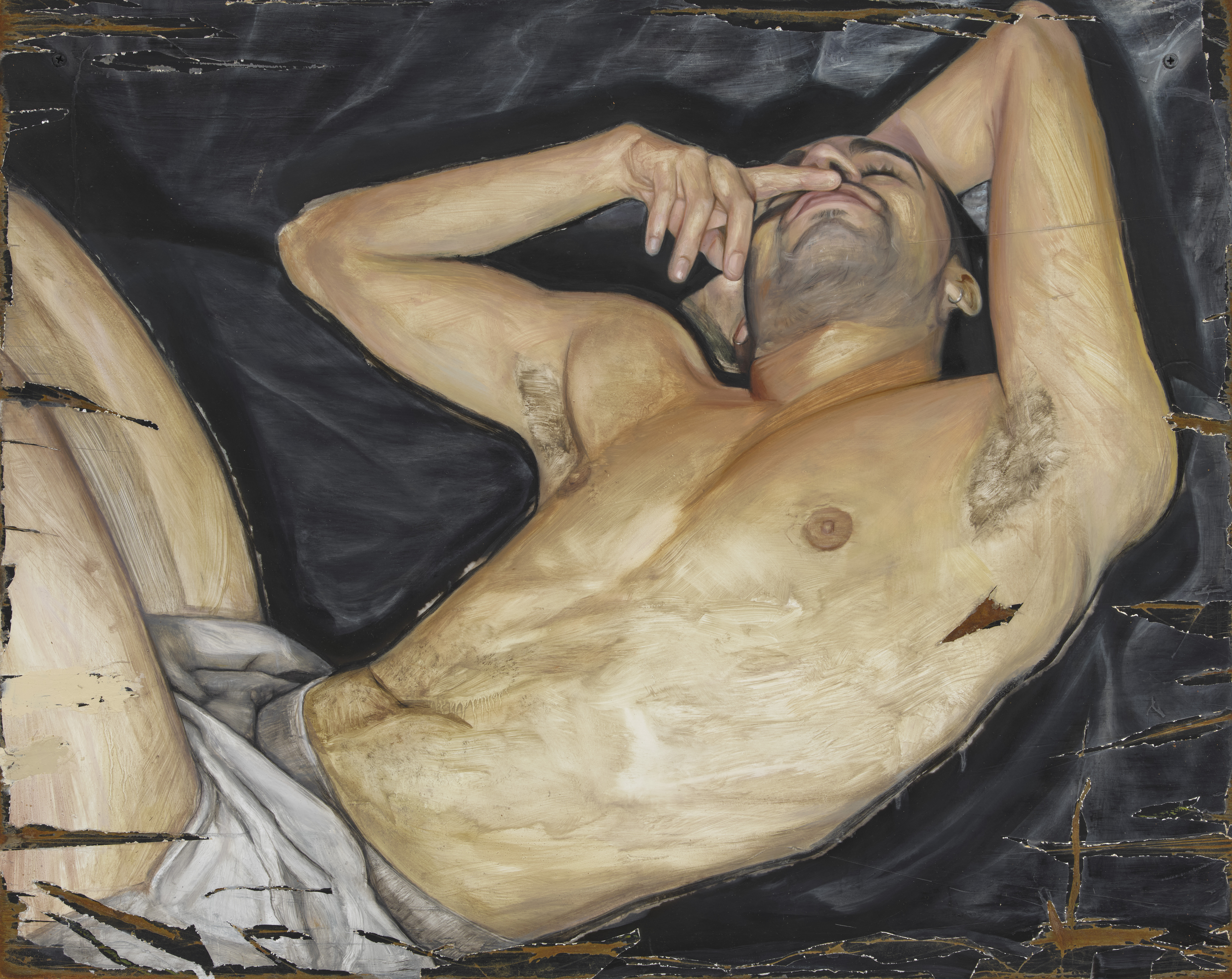 'I have always been interested in debasement as purification': Sam Lipp dissects the body in London
'I have always been interested in debasement as purification': Sam Lipp dissects the body in LondonSam Lipp rethinks traditional portraiture in 'Base', a new show at Soft Opening gallery, London
-
 Sculptor Woody Othello paints a Miami museum red for a show that ‘almost hugs you’
Sculptor Woody Othello paints a Miami museum red for a show that ‘almost hugs you’The Miami-born, California-based artist opens his first museum exhibition in his hometown as an experiential journey through life and lifeless objects
-
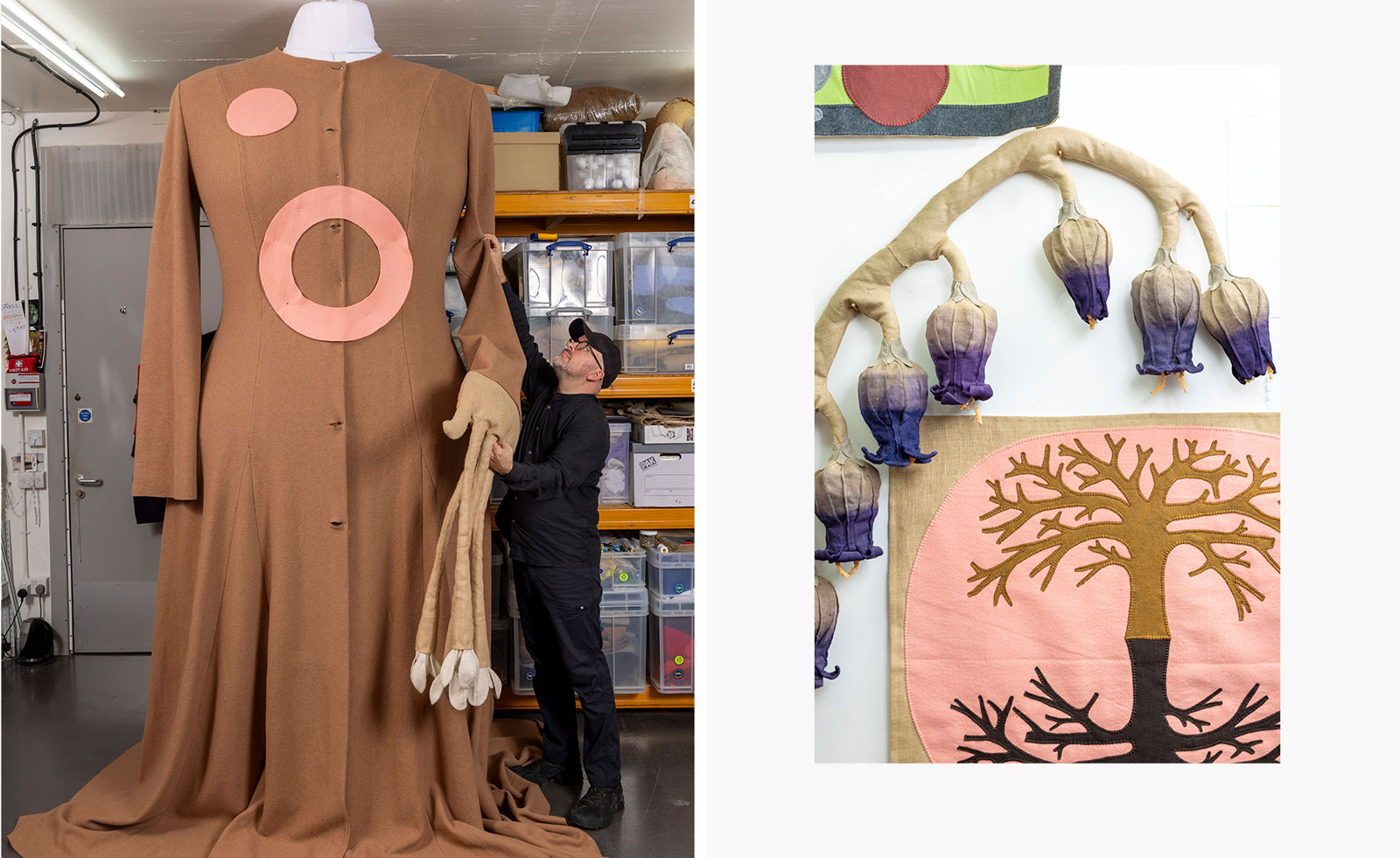 'We need to be constantly reminded of our similarities' – Jonathan Baldock challenges the patriarchal roots of a former Roman temple in London
'We need to be constantly reminded of our similarities' – Jonathan Baldock challenges the patriarchal roots of a former Roman temple in LondonThrough use of ceramics and textiles, British artist Jonathan Baldock creates a magical and immersive exhibition at ‘0.1%’ at London's Mithraum Bloomberg Space
-
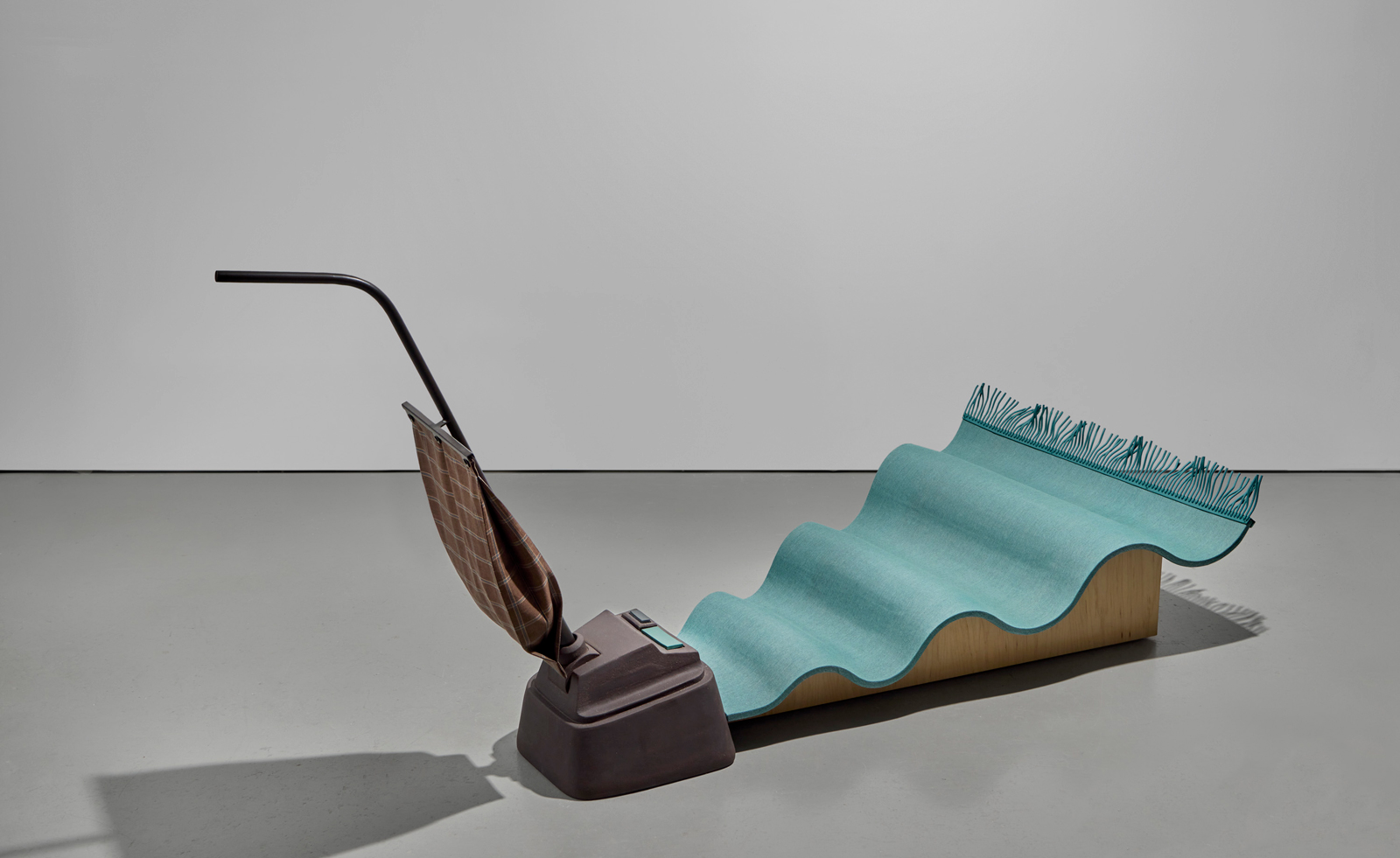 Genesis Belanger is seduced by the real and the fake in London
Genesis Belanger is seduced by the real and the fake in LondonSculptor Genesis Belanger’s solo show, ‘In the Right Conditions We Are Indistinguishable’, is open at Pace, London
-
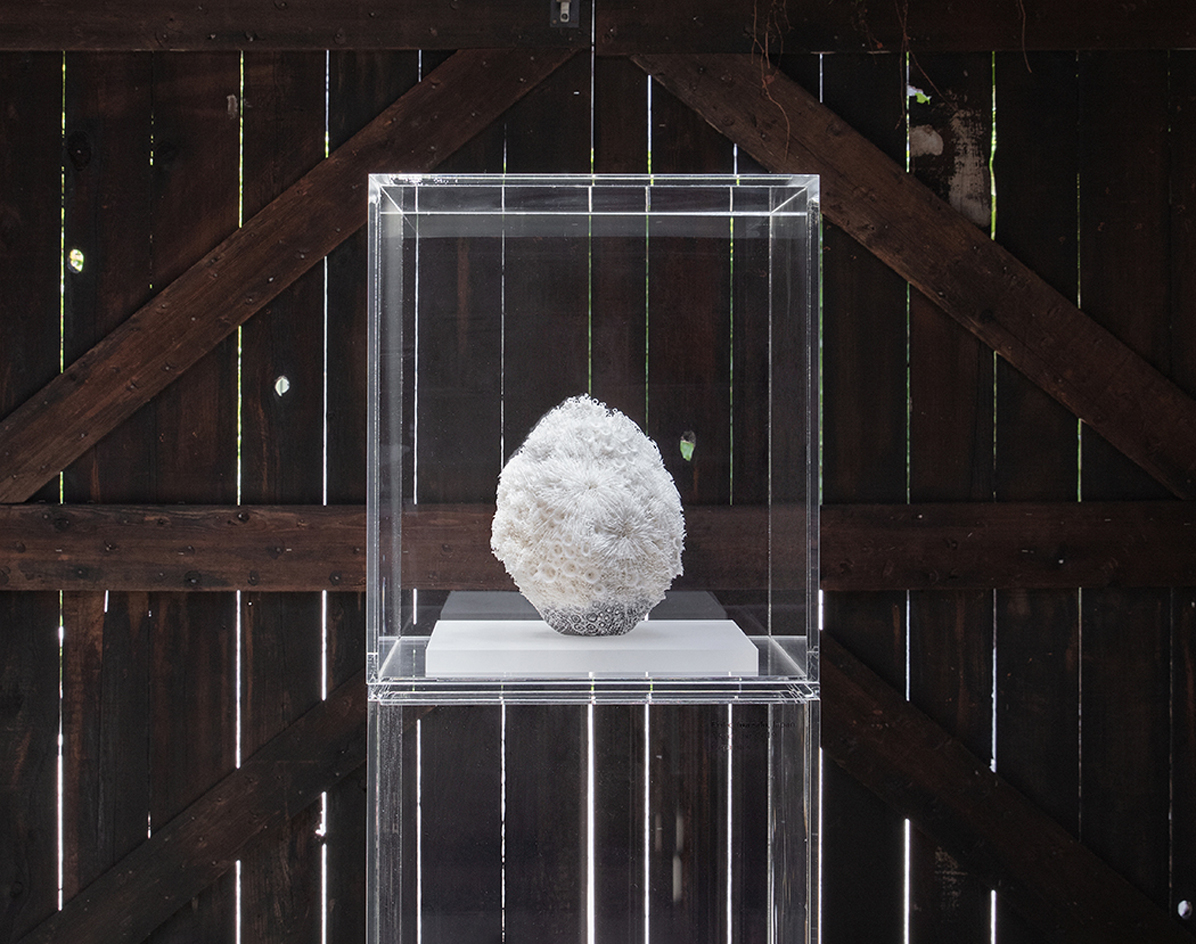 Japanese ceramicist Eriko Inazaki wins 2023 Loewe Foundation Craft Prize
Japanese ceramicist Eriko Inazaki wins 2023 Loewe Foundation Craft PrizeEriko Inazaki has been awarded the 2023 Loewe Foundation Craft Prize for her intricate ceramic work in a ceremony held at New York’s Noguchi Museum
-
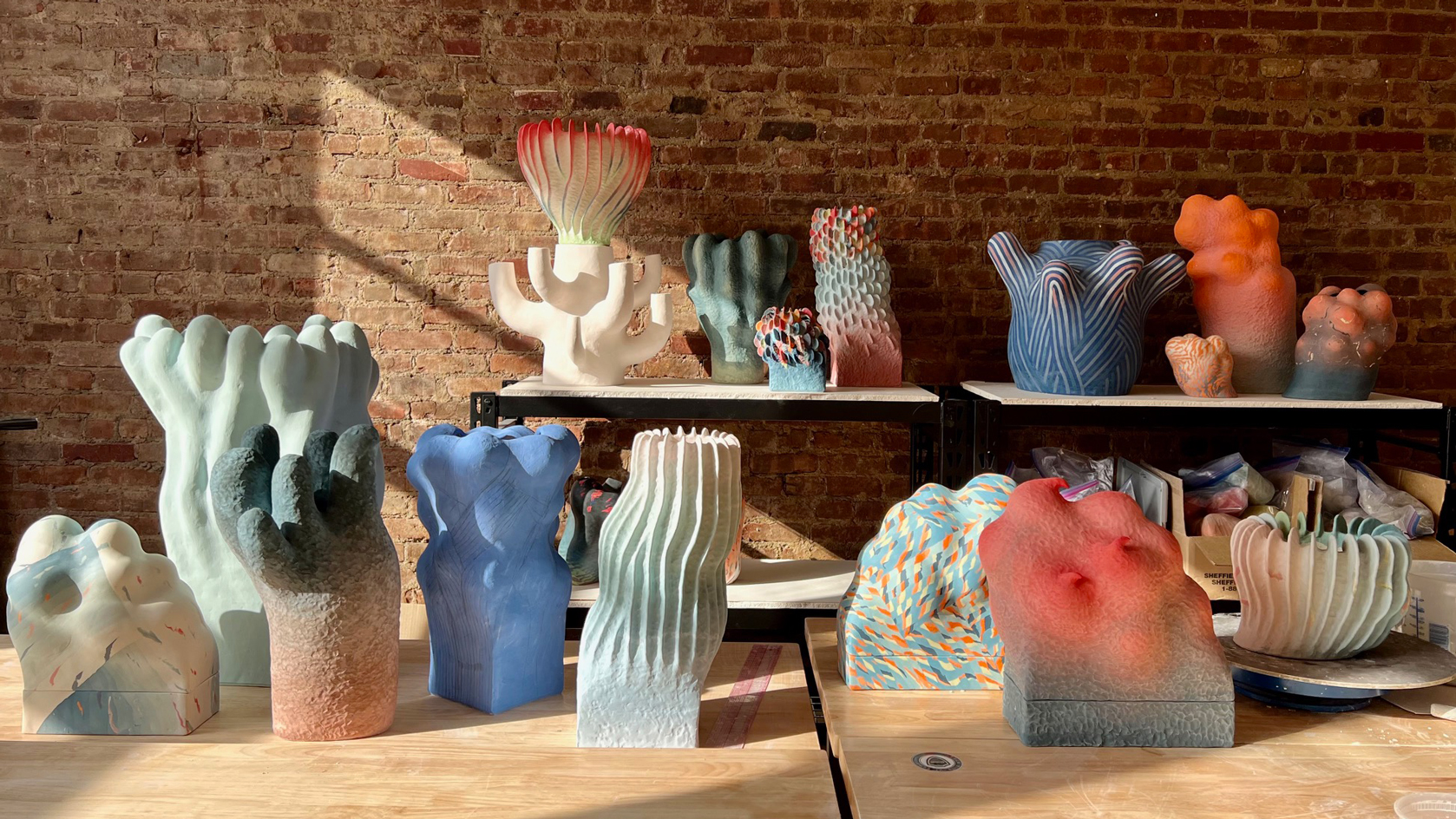 Janny Baek’s psychedelic ceramics are objects in flux
Janny Baek’s psychedelic ceramics are objects in fluxKorean-American architect and sculptor Janny Baek speaks about expressing ‘vibrancy, pleasure, and hope’ through her vivid ceramics, ahead of a major show at Culture Object, New York (on view until 20 May 2023)
-
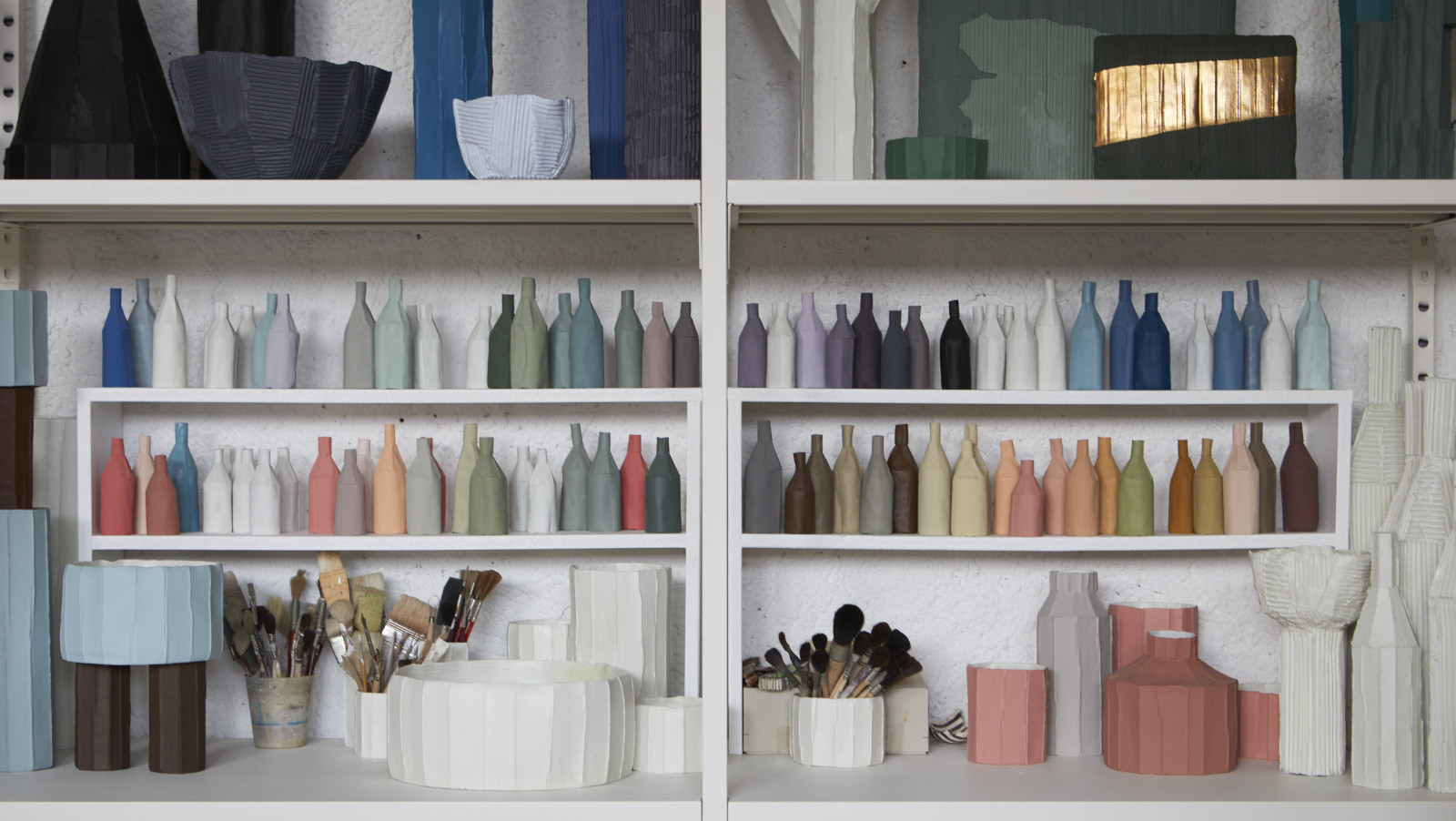 Paola Paronetto’s vibrant collaboration with Veuve Clicquot puts a new spin on the bottle
Paola Paronetto’s vibrant collaboration with Veuve Clicquot puts a new spin on the bottleCeramic artist Paola Paronetto's take on packaging for Veuve Clicquot is a multi-hued marvel. We visit the artist in her Porcia studio to discuss the collection of six gift boxes and limited-edition artwork
-
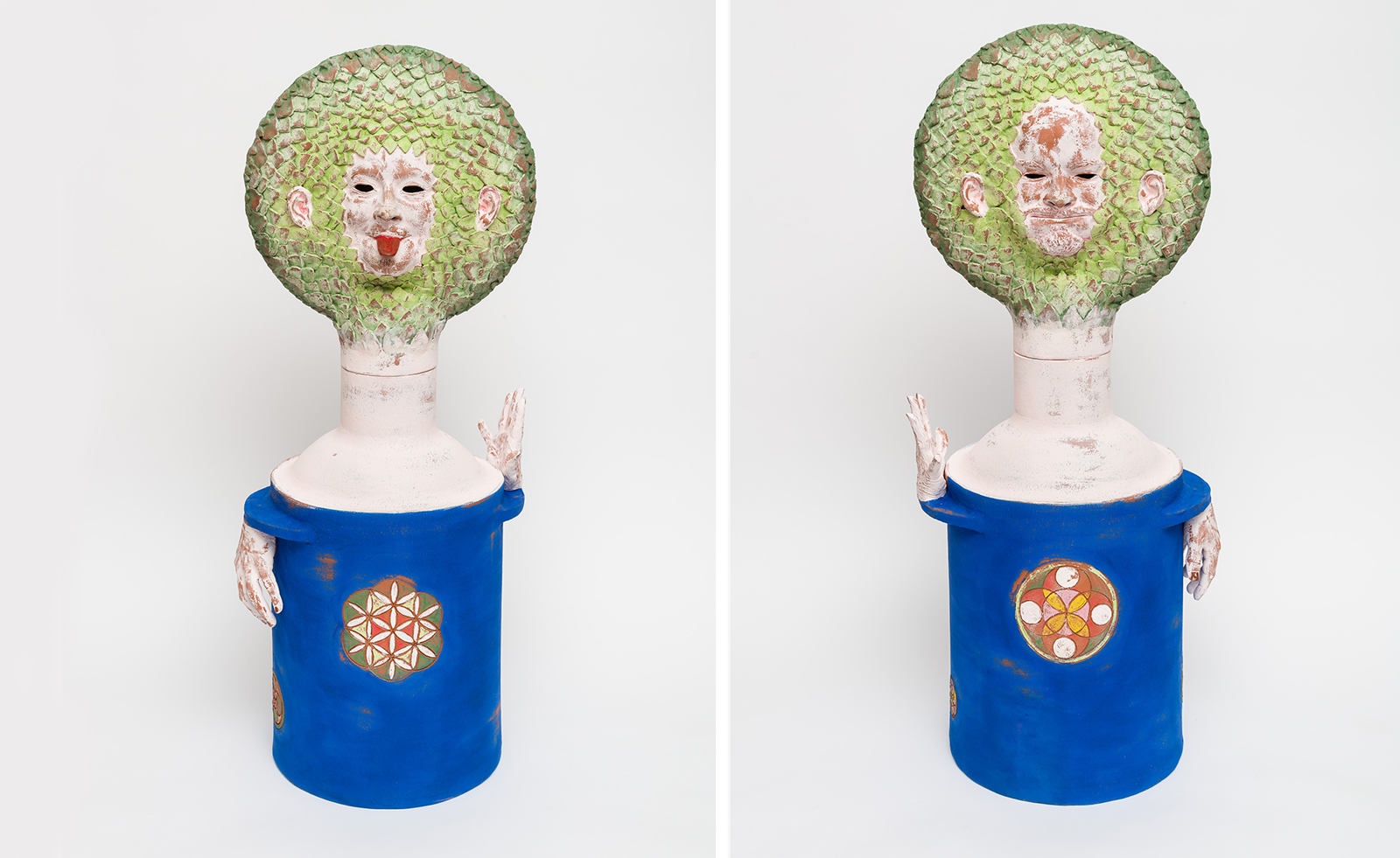 Ceramic artists: top trail-glazers breaking the mould
Ceramic artists: top trail-glazers breaking the mouldA way with clay: discover the contemporary ceramic artists firing up a new age for the medium
-
 Theaster Gates’ New Museum exhibition meditates on mourning, materials and community
Theaster Gates’ New Museum exhibition meditates on mourning, materials and communityTheaster Gates talks about his first US museum show, ‘Young Lords and Their Traces’ at The New Museum (until 5 February 2023), a moving homage to the creative forces who came before